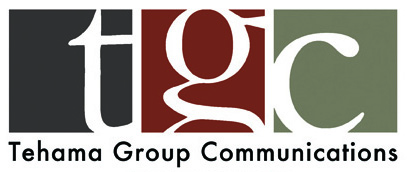Chico State students discovered this recently when preachers appeared on campus, yelling aggressive religious rhetoric across the courtyard, reaching hundreds of students.
These preachers, who had made a stop at Chico State on a trip from Ohio, were yelling about student "sins," which ranged from drinking alcohol and wearing revealing clothing to practicing other religions and being homosexual.
Students had mixed reactions. Some tried yelling back equally as loud, seeming only to aggravate and encourage the preachers more. Others stood watching, not knowing what to do.
Kate McCarthy, a religious studies professor and advisor of the Religious Diversity Association (RDA) on campus, addressed the problem by helping students make signs for a silent protest demonstration. The group felt that this was the best way to productively engage students who felt attacked and offended by the preaching individuals.

In early October of 2013, the preachers arrived again. This time, McCarthy and her team were ready.
According to the preachers, they were on their way down to Los Angeles to continue their conversion quest, hoping to use Chico State as a recruitment pit stop.
The views of these preachers were disturbing to many students, including those of the Christian denomination. Some students were embarrassed by this portrayal of their religion.
McCarthy and the RDA were not only protesting on the behalf of the anti-religious or agnostic segments on campus but also making sure students are aware that Chico State supports religious diversity as a whole.
The RDA, mainly a coalition of religious studies students and other diversity-minded faculty, wants to make sure that students know that there is a whole spectrum of religions and not just this public display of ultra-conservative Christian ideology.
"What frustrated the RDA was the inaccurate picture of this religious tradition that was being presented," McCarthy said. "They wanted to highlight alternative views of Christianity."
But the signs were not meant exclusively for Christian students; they aimed to make students of all orientations and religious ideologies feel accepted.
"One of the signs they made said, 'Jesus never mentioned homosexuality,' " McCarthy said. "They also had some quotes from the Koran about diversity and tolerance."
Amidst a Christian-dominated society, Chico State emphasizes the importance of presenting a diverse and safe environment for students. The efforts of the RDA help to make this possible.
This year, the association has created an internship opportunity for students who are committed to supporting religious differences among the student body.

"One of things they are doing is researching models of interreligious cooperation," McCarthy said. "They are also trying to determine what the religious climate is on this campus. Are there groups that feel excluded or marginalized?"
As an institution, the University maintains demographics of its students and conducts behavior surveys, measuring things such as alcohol consumption and campus food preferences, McCarthy said.
"It has come to the attention of the RDA that we don't track anything about students' religious life," McCarthy said. "We are attempting to do a needs analysis addressing what it would take to make this a solidly inclusive campus," McCarthy said.
To do this, students must start having a conversation.
The idea is not to promote one religion over another, or even promote religion over non-religion," McCarthy said. "It's simply to get people talking and cooperating across those lines."
McCarthy hopes that this effort, through research of other college programs and communication with those colleges about their religious diversity student involvement, will give birth to more universal programs that can deal with creating these essential conversations. And then snowballing those conversations beyond the walls of universities.
"This is new territory," McCarthy said. "This is not an aspect of diversity that our campus at least has much experience with, so I think it's an exciting time." 



